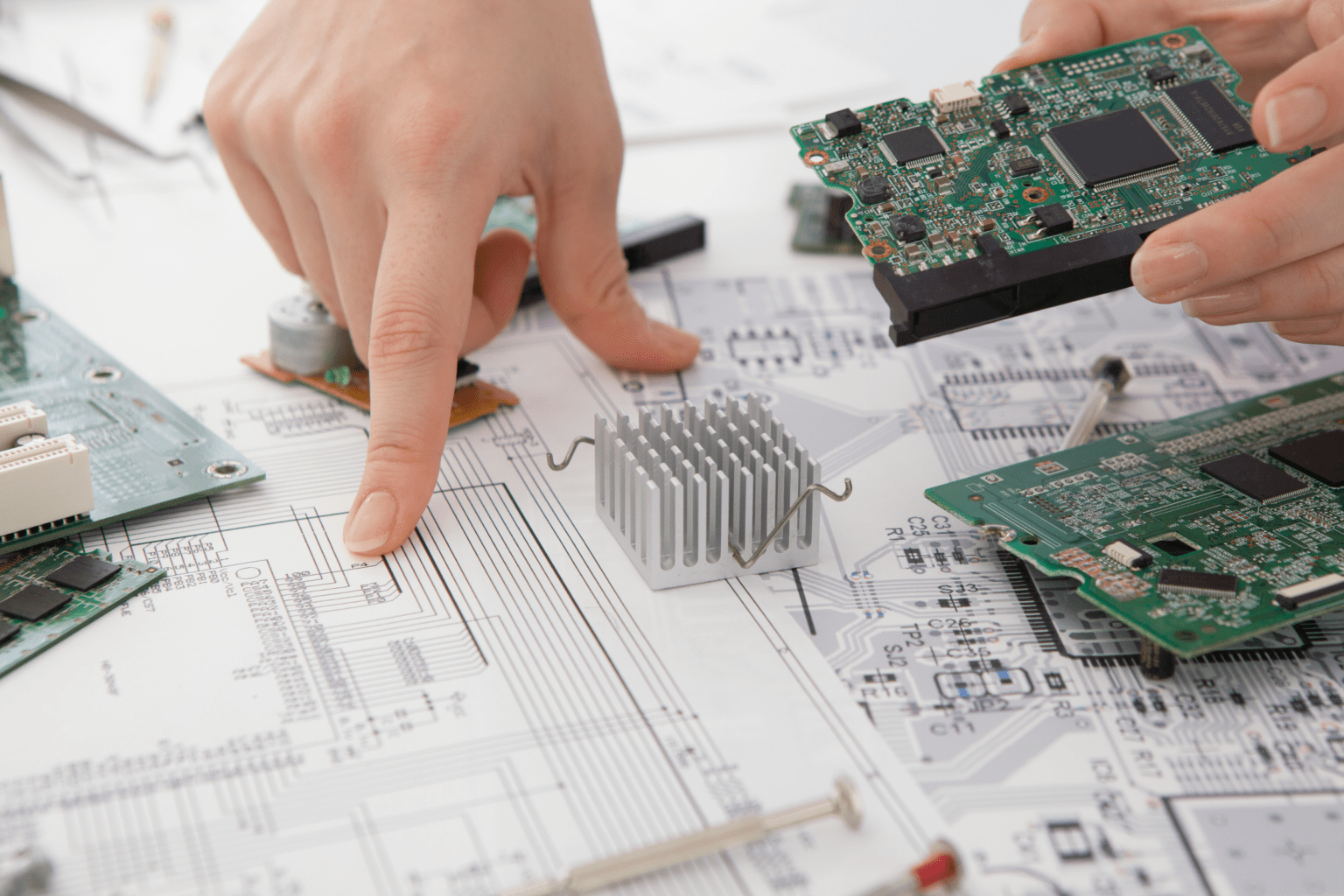Embedded Systems Development: Facts and Myths


Embedded systems development and its global marketplace are growing at a staggering pace driven by the growing demand for embedded M2M solutions and portable computing devices. Other top drivers of recent growth have been the continuous evolution of ubiquitous computing, manufacturing automation, and the widespread adoption of the Internet of Things.
In this article, we will talk about the transformation of this system’s market, software engineering for embedded systems, as well as its myths and facts.
WHAT IS AN EMBEDDED SYSTEM AND HOW DEVELOPMENT WORKS
An embedded system can be called a small computer that is connected to the device that it commands. For example, a lot of complex medical diagnostic systems operate embedded systems for processing, analysis, and much more.
If, when you are creating a new device, there are smart elements in the circuits that are capable of calculating and processing commands, they need embedded systems to work. You don’t have to go far for examples of embedded systems – these are smart gadgets, small coprocessors, or microcontrollers designed for complex devices. You can find them in routers, electronic watches, or smart coffee machines. They perform a pre-programmed task that is not complex enough to create a separate device, but necessary for the device to work. Therefore, when a smart node appears in the design and creation of a device circuit, it must be trained and programmed to perform a specific task.
Developing this type of system requires coordinated work of several participants. This includes suppliers of components (all the same controllers, microprocessors, sensors, and processors, etc.), manufacturers of final products (automobiles, industrial equipment, consumer electronics, and others), and software suppliers who can configure all of these embedded systems for individual users, link them to the “clouds” and ensure their contact with other systems in the client’s infrastructure. Embedded software companies play an important role in this. Among other things, they also help their users in the development of embedded software design.
If you have any questions about software engineering for embedded systems, embedded system software development, or want to improve your embedded software design and embedded software architecture, feel free to contact Sirin Software. We are one of the best embedded software development companies and always ready to advise our clients on any topic.

MYTHS AND FACTS ABOUT EMBEDDED SYSTEMS DEVELOPMENT
Despite all the advantages, there are some myths that people associate with them. They suggest that embedded systems are inapplicable and inconvenient for general use. Next, we will tell you about some of them and try to understand whether it is true or not.
Difficulties in changing the configuration of an embedded system
It is true that once an embedded system has been installed, changing its configuration – both software and hardware – is quite difficult. But if the system is initially programmed to support various settings and configurations, then this will greatly simplify the processes of software updates in the future. Therefore, a thorough analysis of the client’s requirements should precede the development and programming process.
Keepiтg the software documentation clear can also help speed up software changes. It is also believed by many that design documentation and embedded systems development is a series of short comments on the active version of the program. But good program documentation is just as important as the program itself.
If you have any questions about software engineering for embedded systems, embedded system software development, or want to improve your embedded software design and embedded software architecture, feel free to contact Sirin Software.
Limitations of hardware due to memory constraints
This is a fairly popular myth, but what is it based on? Embedded designers have been limited by processor memory for some period. The design of embedded systems was driven by the idea of reducing storage costs. Now multi-core technology has brought novelty. This directly influences our approach to embedded software development services.
Multi-core processors have already taken center stage in the product lines of leading semiconductor suppliers with chips ranging from 2 to 8 cores. Differentiated from conventional integrated circuits, they give more computing power due to parallel processing.
These processors operate at lower clock speeds and also provide better system organization. However, the main difficulty with them is that embedded software engineers need to move from a sequential work model to a parallel performance model, in which all processes are executed concurrently. The higher the level of similarity that developers achieve, the better the performance of multicore systems. The efficient use of multi-core technology dramatically improves the scalability and performance of networking hardware, video game platforms, control systems, and a host of other embedded applications.

Isolation of embedded systems and protection against a wide range of threats
The issue of system security has not been relevant for embedded software engineers not so long ago. Now the age of connected devices highlights the need to take these issues more seriously. Today’s devices often connect directly to the internet or corporate networks and clouds. This increases usability and functionality of use, but also makes technology more unprotected to various external influences.
The most effective method to achieve a complete balance between performance and safety devices is to define safety requirements before embedded system software development. This must be done with the entire system, operating environment, and network. It is important to understand that the earlier these processes are launched, the more efficiently they will operate. The embedded device must be organized so that a potential attacker cannot compromise the system. At the same time, embedded system security must be able to withstand a wide range of threats, from physical threats to network attacks.
CONCLUSION
Embedded system software development process continues to improve. At the same time, the requirements for the quality of their work are also growing. A variety of applications and an increase in their complexity force developers to actively improve technologies for designing embedded systems at all levels: component base, programming tools, computational organization models, and embedded software architecture. Despite this, the technology continues to develop actively.
Embedded system development is now more relevant than ever. Whether you want to improve embedded system security, or need a consultation from an embedded systems software engineer, Sirin Software is what you were looking for. We are one of the best and most experienced embedded software development companies. The best experts are always ready to talk to you about embedded systems development and software design.